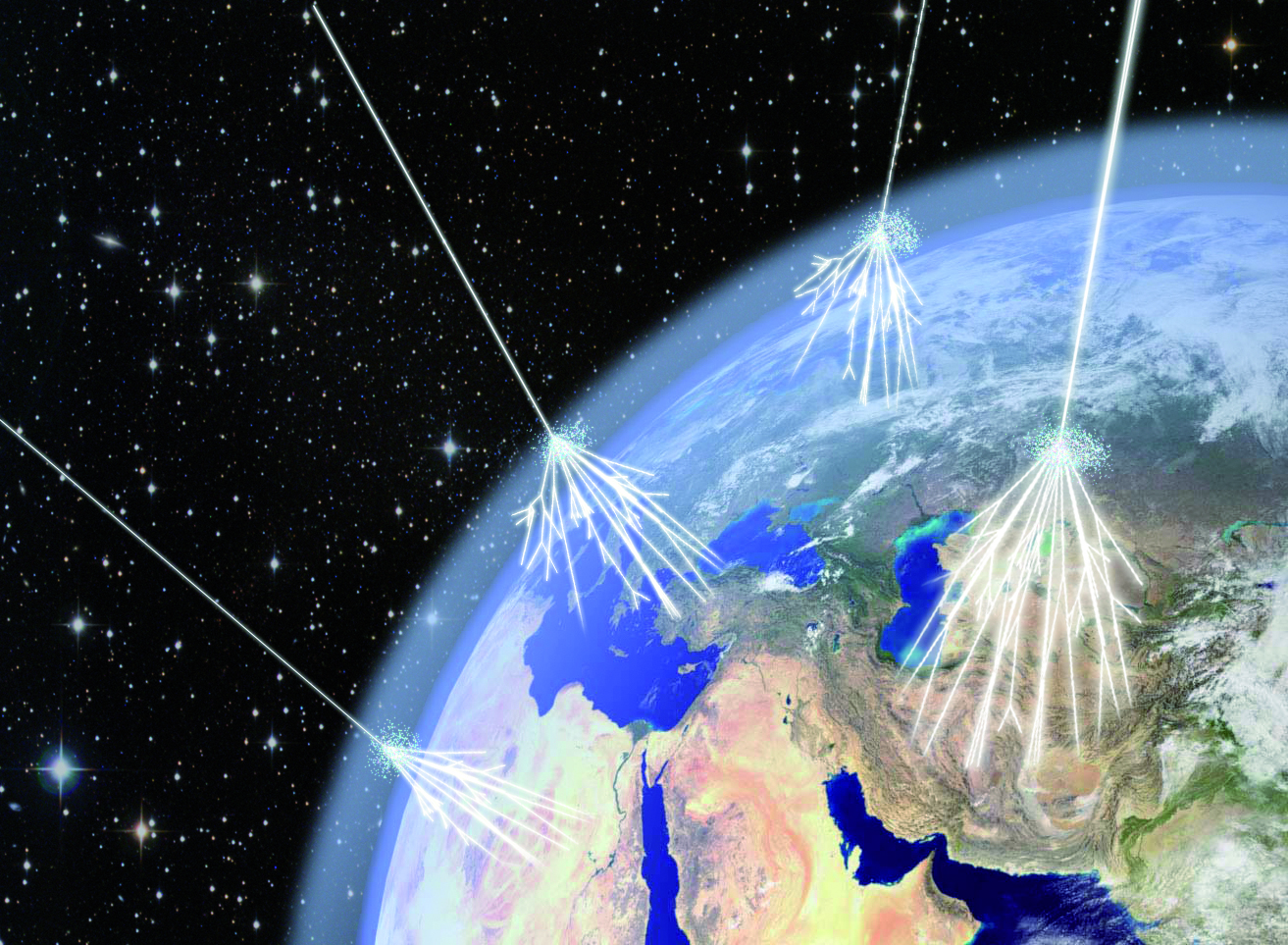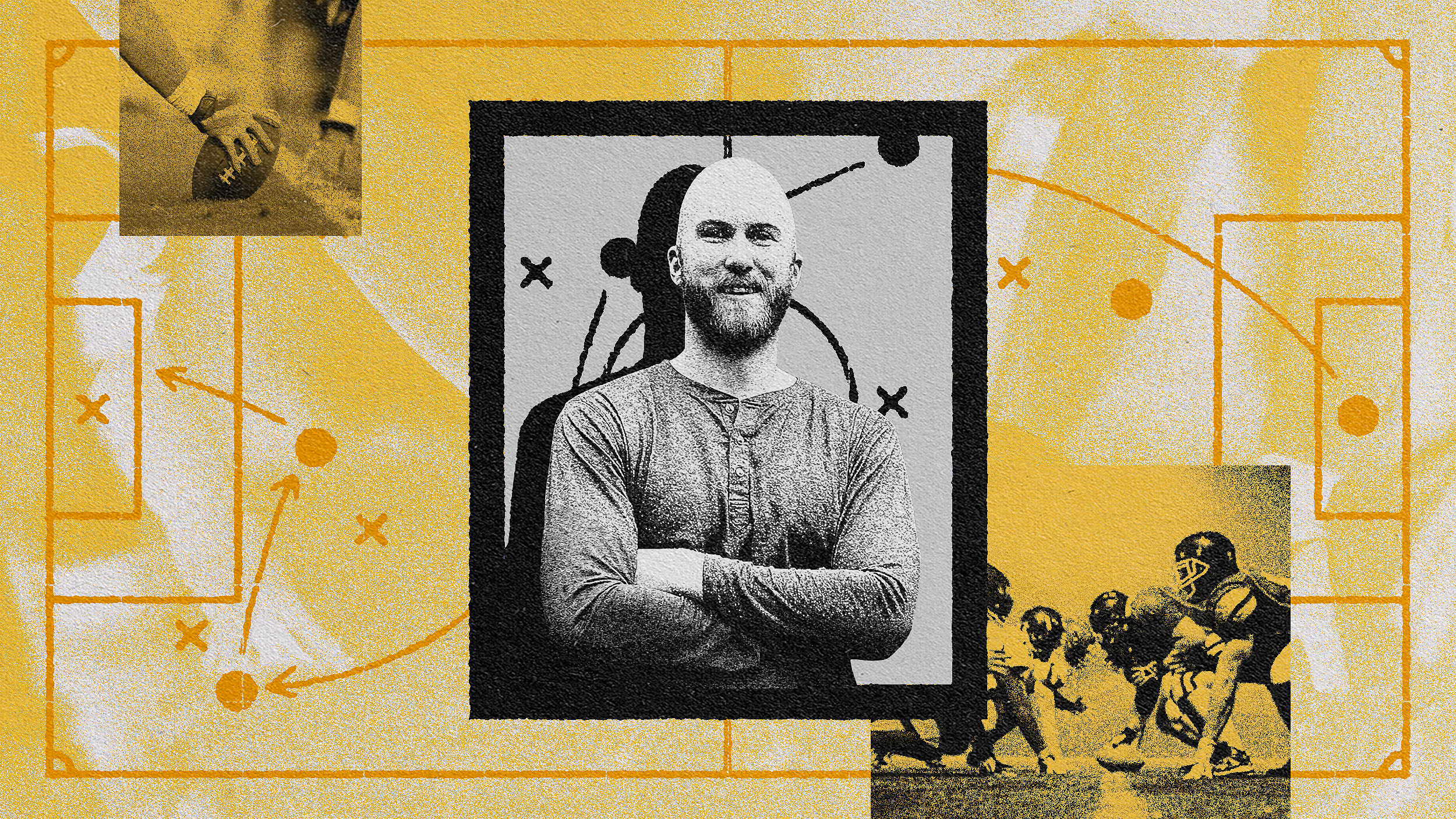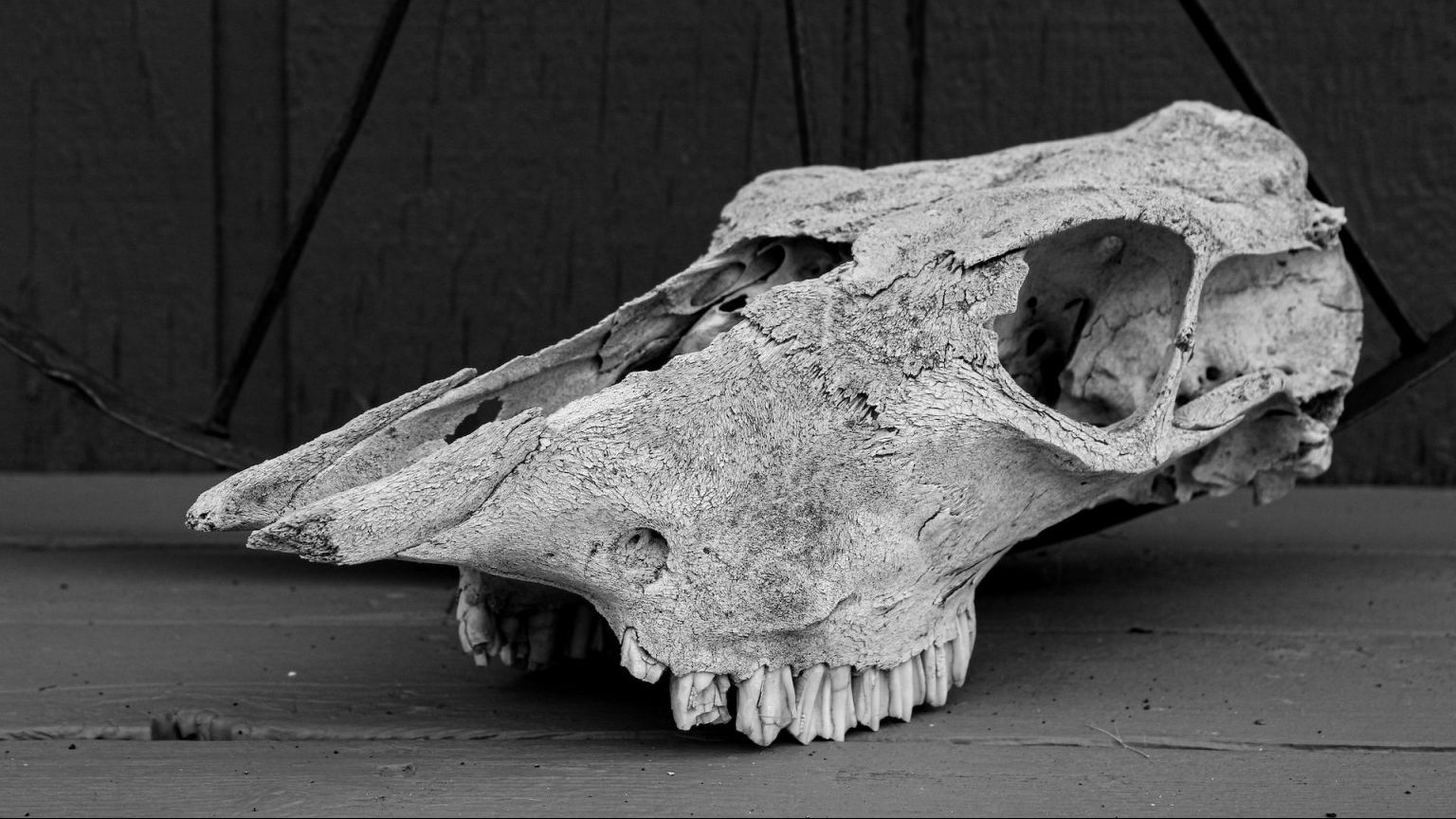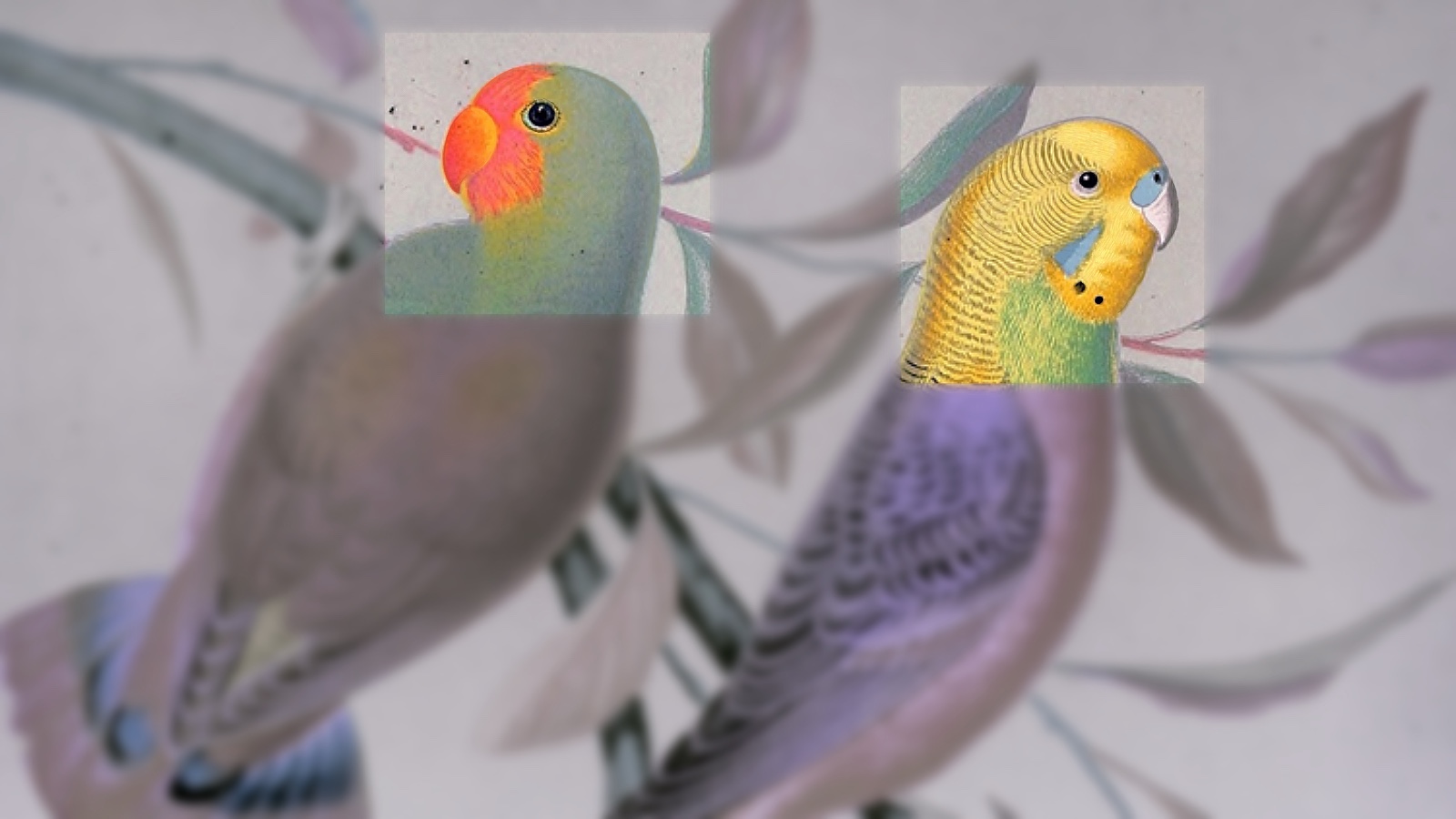Certain cancers are striking earlier than they used to.
Search Results
You searched for: D
As particles travel through the Universe, there’s a speed limit to how fast they’re allowed to go. No, not the speed of light: below it.
Many animals engage in “zoopharmacognosy” or self-medication.
Lord Kelvin is thought to have said there was nothing new to discover in physics. His real view was the opposite.
According to Harvard career advisor Gorick Ng, this time-saving system can help us reclaim our work-life sanity.
In ancient Rome, collective bathing was the norm. In the West today, it’s the exception — and that’s too bad.
From here on Earth, looking farther away in space means looking farther back in time. So what are distant Earth-watchers seeing right now?
Joseph Campbell argued that nearly every myth can be boiled down to a hero’s journey. Was he right?
Our huge, expanding Universe may truly be infinite. But if the set of possible quantum outcomes is also infinite, which “infinity” wins?
The sober reality behind the effectiveness of two new drugs touted as Alzheimer’s breakthroughs: lecanemab and donanemab.
Eric Olson — CEO and co-founder of Consensus — takes his cues from the university of legendary coaches.
The former Nintendo president has become synonymous with the backlash against layoffs — because, like a great leader, he focused on lifting people.
Deliveries of the $250k Lightyear 0 will start in November 2022.
An in-depth interview with astronomer Kelsey Johnson, whose new book, Into the Unknown, explores what remains unknown about the Universe.
“I thought, why not direct these high-power beams, instead of into fusion plasma, down into rock and vaporize the hole?”
It’s not just fun: DNA origami has the potential to revolutionize engineering at the nanoscopic scale.
“Hubble’s Law” is only an approximation, and breaks down when we need it most. From anywhere in the Universe, you can choose to look out at any other galaxy that’s present. […]
The neutrino is the most ghostly, rarely-interacting particle in all the Standard Model. How well can we truly make “beams” out of them?
Until the Apollo missions, we had no idea how the moon got here, just a series of educated guesses. They rewrote the story of the moon’s origins.
Researchers discovered something modern humans had never before seen—a flashy Neanderthal horn collection.
AI is both a tool and a catalyst — and the key to successful integration is to rewrite your rule book and tinker.
Humans are good visual thinkers, too, but we tend to privilege verbal thinking.
You’ve certainly seen the paintings — but they don’t depict what you think they do. Benjamin Moser discusses with Big Think.
Urban legends help personify the anxieties that arise from living in a modern city.
Eyes with lower pigment (blue or grey eyes) don’t need to absorb as much light as brown or dark eyes before this information reaches the retinal cells. This might provide light-eyed people with some resilience to SAD.
From landscaped gardens to road systems, the Persians were among the first to create many things we still enjoy today.
By developing skills like divergent thinking and collaboration in the workforce, creativity training has the potential to unlock revolutionary ideas.
Glimpse into the ancient Maya empire through the writing of its own inhabitants.
Thanks to protocols established centuries ago in Europe, world leaders no longer need to worry about having their heads bashed with an axe.
The zero-point energy of empty space is not zero. Even with all the physics we know, we have no idea how to calculate what it ought to be.





























